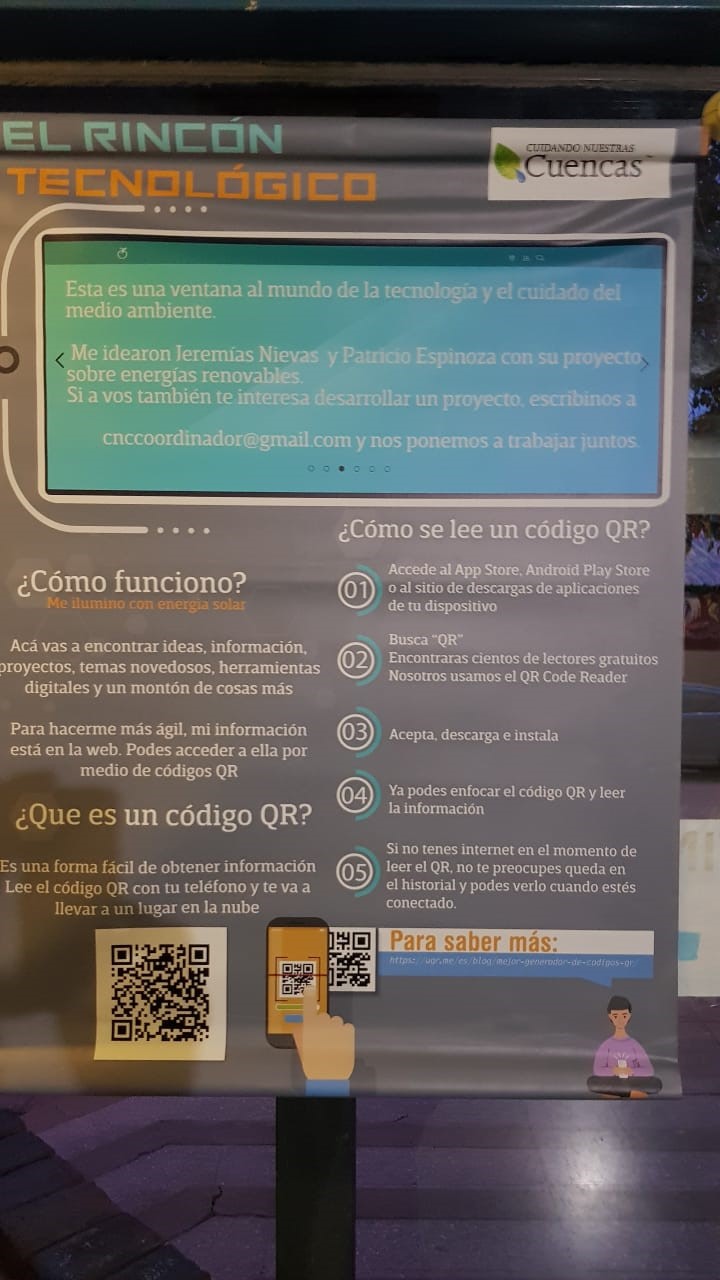2017, Greeley, Colorado, USA
Brooklyn Johnson 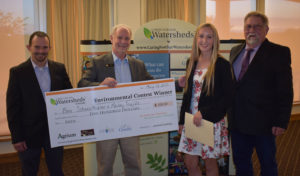
Northridge High School, Greeley, Colorado
Brooklyn designed a pollinator garden at the Greeley Xeric Garden. She planted 10 pollinator specific plants that bloom at different times of year to attract local bees. In line with providing for native bees, she also created and placed bee baths and bee boxes in the garden. This created a source of freshwater and shelter for solitary bees in Colorado. Brooklyn planted
about 200 square feet of garden with bee-friendly flowers and did not use any insecticides or pesticides. Brooklyn considered multiple locations for this garden where bees would be able to live without detrimental human interference and had frequent visitation so that the garden would get 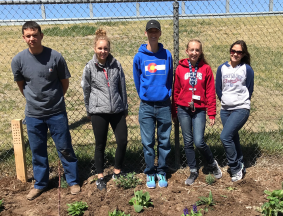 attention and serve as an educational tool for the community.
attention and serve as an educational tool for the community.
In order to provide bees with a year-round food source, she placed plants that bloom at different points throughout the year, ensuring that there will be a continual source of nutrition for pollinators. In the spring, flowers like crocus, hyacinth, borage, calendula, and wild lilac will bloom. In the summer, bees enjoy bee balm, cosmos, Echinacea, snapdragons foxglove, and hosta. Zinnias, sedum, asters, witch hazel, and goldenrod
are late bloomers provide nectar in the fall. All of the flowers that were selected were known to attract bees and provide plentiful, easy to access nectar.
An information sign with a QR code was placed so visitors can educate themselves about the garden.
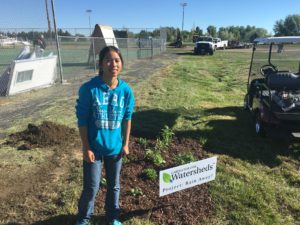 2017 Berthoud, Colorado, USA
2017 Berthoud, Colorado, USA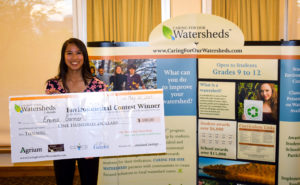 contaminates that are deposited there from the parking lot. Although the rain garden is a small site test, it can be expanded in the future by the school.
contaminates that are deposited there from the parking lot. Although the rain garden is a small site test, it can be expanded in the future by the school.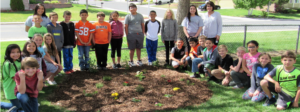 2017 Greeley, Colorado, USA
2017 Greeley, Colorado, USA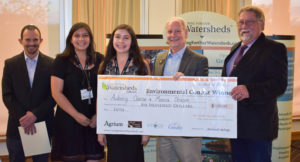 pollinators have on our environment then helped each group create a garden. Each garden included flowers that attract butterflies, bees, and hummingbirds. They created gardens at four schools and three churches around Northern Colorado. In addition, Monica and Aubrey distributed garden designs and seeds to each person so they could create their own gardens at their homes.
pollinators have on our environment then helped each group create a garden. Each garden included flowers that attract butterflies, bees, and hummingbirds. They created gardens at four schools and three churches around Northern Colorado. In addition, Monica and Aubrey distributed garden designs and seeds to each person so they could create their own gardens at their homes.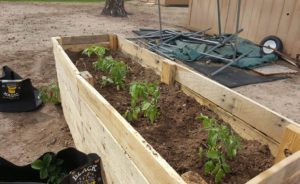
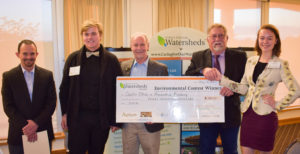 processing industry (reducing the carbon footprint of food packaging, waste, and transportation). Once the school gardens begin to produce, they will donate the vegetables to the students who participated in creating the garden. In addition, they will sell the produce to the school lunch program through the Garden to School program. The money generated will be used to fund the upkeep and future development of the garden.
processing industry (reducing the carbon footprint of food packaging, waste, and transportation). Once the school gardens begin to produce, they will donate the vegetables to the students who participated in creating the garden. In addition, they will sell the produce to the school lunch program through the Garden to School program. The money generated will be used to fund the upkeep and future development of the garden.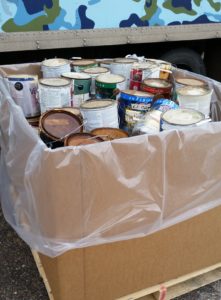 2017, Milliken, Colorado, USA
2017, Milliken, Colorado, USA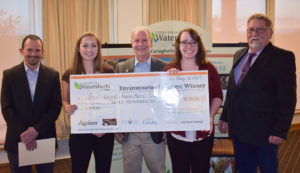 1300 pounds of paint, stain and finishes. The water-based paint is remixed to create 16 new colors and the non-paint items were sent to the hazardous waste disposal site
1300 pounds of paint, stain and finishes. The water-based paint is remixed to create 16 new colors and the non-paint items were sent to the hazardous waste disposal site
 attention and serve as an educational tool for the community.
attention and serve as an educational tool for the community.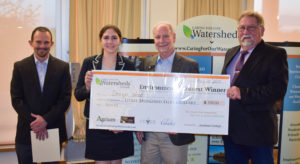
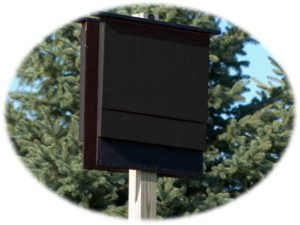 she decided to build bat houses and install them around her watershed. The project requires (1) determining locations to install bat houses; (2) building bat houses; and (3) installing bat houses. As the season permits, tracking of bat species can also be undertaken to determine how many bats are in the area. Devyn will be using a bat-detection device to monitor the newly built bat homes for increase in population and species. These results will be available in the fall of 2017.
she decided to build bat houses and install them around her watershed. The project requires (1) determining locations to install bat houses; (2) building bat houses; and (3) installing bat houses. As the season permits, tracking of bat species can also be undertaken to determine how many bats are in the area. Devyn will be using a bat-detection device to monitor the newly built bat homes for increase in population and species. These results will be available in the fall of 2017.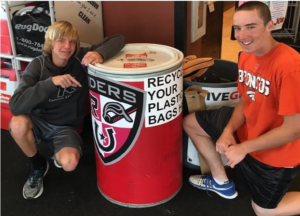
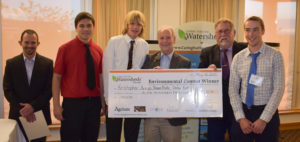 grocery bags in the community while decreasing plastic in the local landfill.
grocery bags in the community while decreasing plastic in the local landfill.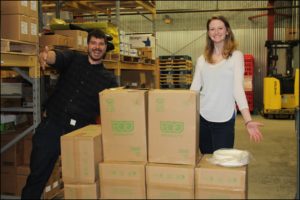
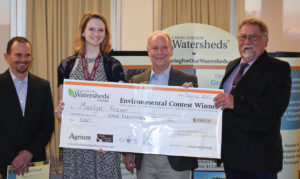 plate waste twice a week. The school has been using these plates since April of 2017, and plan on continuing this practice. Mazlyn has contacted the other schools in the district with the goal of implementing this program throughout Greeley.
plate waste twice a week. The school has been using these plates since April of 2017, and plan on continuing this practice. Mazlyn has contacted the other schools in the district with the goal of implementing this program throughout Greeley.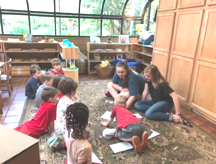
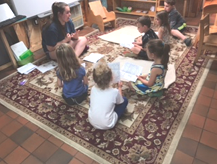
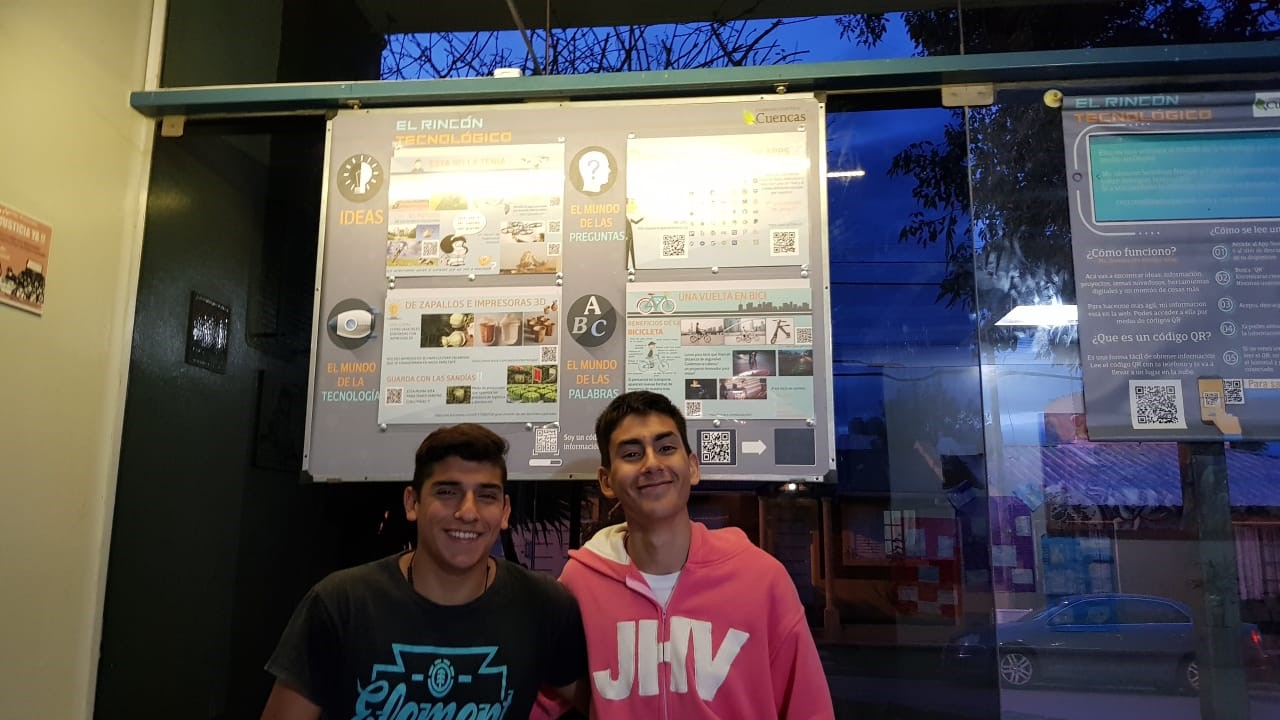 2017, San Antonio de Areco, Buenos Aires, Argentina
2017, San Antonio de Areco, Buenos Aires, Argentina